SHAPES OF SHADOW AND COLOURS OF SHADOW , COOL COLOURS
SCIENCE LAB EQUIPMENT WORKING MODEL / SCIENCE EXHIBITION WORKING MODEL
5 in stock
Refund
Unfortunately, once an order is placed, there is no refund available. However, we do offer exchanges for defective or damaged items.
Due to the nature of our products and the potential for misuse or mishandling, we do not offer refunds. We believe in customer satisfaction and strive to provide quality exchanges for any issues that may arise.
If you have received a defective or damaged item, please contact our customer service team and they will assist you with the exchange process. Please note that exchanges are subject to availability and product conditions.
We do not offer refunds for change of mind purchases, but we do offer exchanges for valid reasons such as defects or damages.
Delivery
My Science Kart delivers orders through a reliable and efficient shipping service to ensure your products arrive safely and on time.
Yes, you can easily track your order from My Science Kart by using the tracking number provided to you once your order has been shipped.
If you have any issues with your order from My Science Kart, please contact our customer service team who will be happy to assist you and resolve any problems.
Payment
You can pay for your purchases on My Science Kart using various payment methods such as credit/debit cards, net banking, UPI’s and mobile wallets.
Yes, we use industry-standard encryption technology to protect your payment information and ensure that it is secure.
If you have any payment-related queries or issues on My Science Kart, you can contact our customer support team through the website or email us at support@mysciencekart.com.
SHAPES OF SHADOW AND COLOURS OF SHADOW , COOL COLOURS
The shapes and colors of shadows can vary depending on several factors, including the shape and position of the object casting the shadow, the direction and intensity of the light source, and the properties of the surface on which the shadow is cast. Additionally, the perception of shadow colors can be influenced by factors such as ambient light and the color temperature of the light source.
Here’s a general overview of how shadow shapes and colors can be affected:
**Shapes of Shadows:**
1. **Shape of the Object:** The shape of the shadow generally corresponds to the shape of the object casting it. However, if the light source is not a point source (e.g., the sun), the shadow may appear somewhat distorted due to the angle of the light rays.
2. **Distance from Light Source:** Shadows can change in size and shape depending on the distance between the object casting the shadow and the surface on which the shadow falls. Closer objects produce larger, more defined shadows, while farther objects produce smaller, less defined shadows.
**Colors of Shadows:**
1. **Natural Light:** Shadows typically appear to be darker versions of the surface color on which they fall when illuminated by natural light, such as sunlight. This is because natural light contains a wide spectrum of colors, and shadows are simply areas where less light is reaching.
2. **Artificial Light:** Shadows cast by artificial light sources, such as incandescent or fluorescent bulbs, may appear cooler or warmer in color depending on the color temperature of the light source. Cool colors, such as blue or violet, are often associated with light sources that have higher color temperatures, while warm colors, such as red or orange, are associated with lower color temperatures.
**Cool Colors:**
Cool colors typically include shades of blue, green, and violet. These colors are often associated with a sense of calmness, tranquility, and serenity. In the context of shadows, cool colors may be perceived in shadows cast by objects under certain lighting conditions, especially when illuminated by cool light sources or when influenced by the colors of the surrounding environment.
Overall, the shapes and colors of shadows are influenced by a variety of factors, and they can vary greatly depending on the specific circumstances of the lighting environment and the properties of the objects involved.
Shapes of Shadows
Shadows typically appear as the outline or silhouette of the object blocking the light, but the shape can vary greatly depending on several factors:
- Light Source Size and Distance: Smaller and closer light sources produce sharper, more defined shadows, while larger or distant light sources create softer and less distinct shadows.
- Object Shape: The intricate details of an object’s shape will affect the complexity of the shadow it casts. Sharp angles, curves, and irregular forms can create equally varied shadow shapes.
- Surface Texture: The texture of the surface on which a shadow falls also affects its shape. Smooth surfaces create clear and sharp shadows, whereas rough surfaces result in more blurred and broken shadows.
Colors of Shadows
Contrary to popular belief, shadows are not solely black or gray; they often contain a rich variety of colors influenced by their environment:
- Reflected Light and Color: Shadows on objects are rarely pure black or gray. They often reflect colors from their surroundings. For instance, a shadow cast on a sunny day may appear bluish due to the sky’s blue light being scattered and reflected into the shadow.
- Ambient Light: The color of ambient light, whether artificial or natural, can tint shadows. For example, during sunset, shadows might have a warmer (reddish or orange) hue, reflecting the color of the sunlight.
Cool Colors in Shadows
In the context of cool colors, these are typically on the blue-green spectrum and are perceived as calming and soothing. Here’s how cool colors can appear in shadows:
- Natural Settings: In outdoor settings, especially under clear skies, shadows often take on cool colors due to the blue light of the sky. This effect is more pronounced in shaded areas away from direct sunlight.
- Artistic Use: Artists often use cool colors to paint shadows to convey depth and volume while maintaining a cohesive and harmonious color scheme. Cool colors recede in space, which can enhance the perception of depth in an image.
Understanding and Using Shadows in Art
When creating art, understanding shadows involves more than replicating the exact shapes and colors seen in nature. It involves interpreting and sometimes exaggerating these elements to enhance the artwork:
- Highlighting Form: By accurately depicting the shape of shadows, artists can illustrate the form of objects more clearly.
- Setting Mood: The color of shadows can set the mood of the painting. Cool-colored shadows might be used to create a calm, tranquil, and sometimes somber mood.
- Depth Perception: Using cool colors in shadows can help in creating a sense of depth, as cool colors tend to recede visually.
By mastering the representation of shadow shapes and colors, particularly through the use of cool colors, artists can achieve a more realistic and emotionally compelling composition. Whether in photography, painting, or digital media, these principles hold true and are fundamental to creating visually rich and engaging images.
| Weight | 0.5 kg |
|---|---|
| Dimensions | 25 × 25 × 5 cm |
You must be logged in to post a review.
Q & A
Related Products
LIGHT RAY TRAVELS FROM A DENSER MEDIUM TO RARER MEDIUM WORKING MODEL
- ✓ 100% Quality products
ELECTRIC SHOCK WORKING MODEL
- ✓ 100% Quality products
SERIES CONNECTION OF RESISTORS WORKING MODEL
- ✓ 100% Quality products
KIRCHHOFF'S JUNCTION LAW WORKING MODEL
- ✓ 100% Quality products
BASIC ELECTRIC CIRCUIT ( THREE CASES) WORKING MODEL
- ✓ 100% Quality products
KIRCHHOFF'S LOOP LAW WORKING MODEL
- ✓ 100% Quality products
RIGHT HAND RULE - 2 WORKING MODEL
- ✓ 100% Quality products
THE RELATION BETWEEN ANGLE OF INCIDENCE AND AND ANGLE OF REFRACTION WORKING MODEL
- ✓ 100% Quality products
Product categories
- Circuits & Projects 233
- My Science Kart 665
- Raw Materials For Projects & Lab Equipments 381
- Science Exhibition 516
- Science Exhibition Projects & Working Models 344
- Biology Science Exhibition Projects & Working Models 31
- Chemistry Science Exhibition Projects & Working Models 12
- Mathematics Science Exhibition projects & Working Models 7
- Physics Science Exhibition Projects & Working Models 129
- Robotics Science Exhibition Projects & Working Models 23
- Social Science Exhibition Projects & Working Models 20
- Science Lab Equipments With Working Models 363
Cart
TRULY INDIAN EDUCATION BRAND
Over 10,000+ Happy Customers
My Science Kart
Address:- Ground floor, Lakshmi Nagar, D.No:- 40-1/1-5, PVP Mall Backside, Mogalrajapuram, Labbipet, Vijayawada, Andhra Pradesh 520010
7673977997, 0866-3543677
mysciencekart@gmail.com
Categories
MAP
© My Science Kart 2024, Designed & Developed By Synfocy Tech Solutions




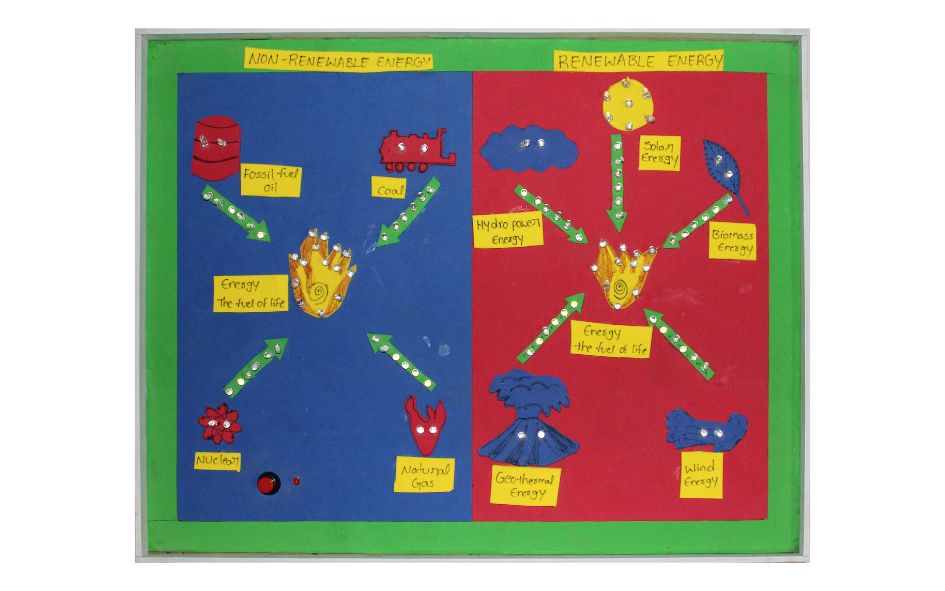






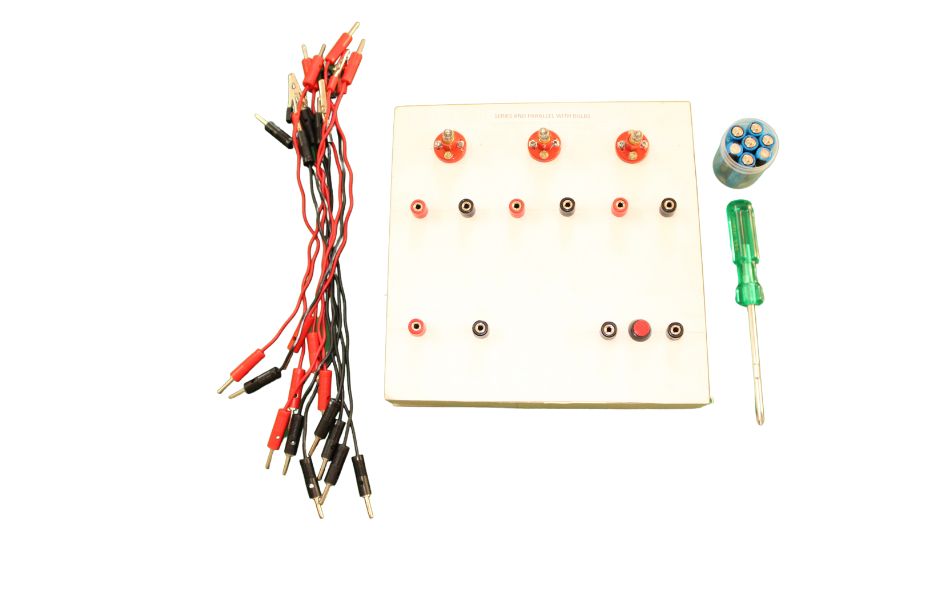


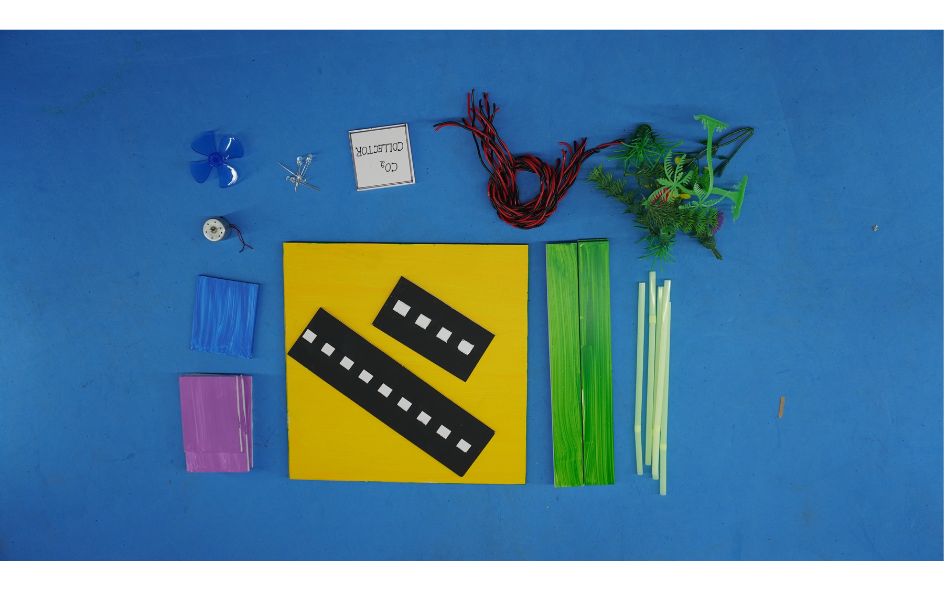





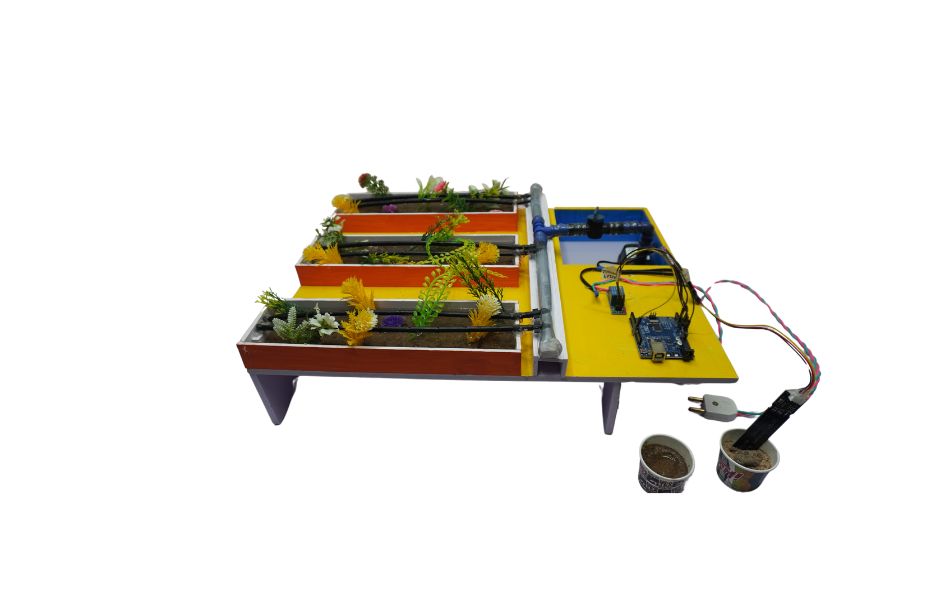





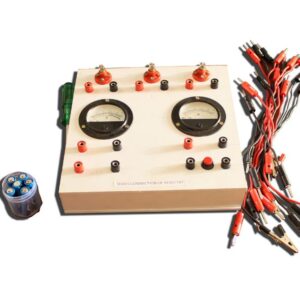






Reviews
There are no reviews yet